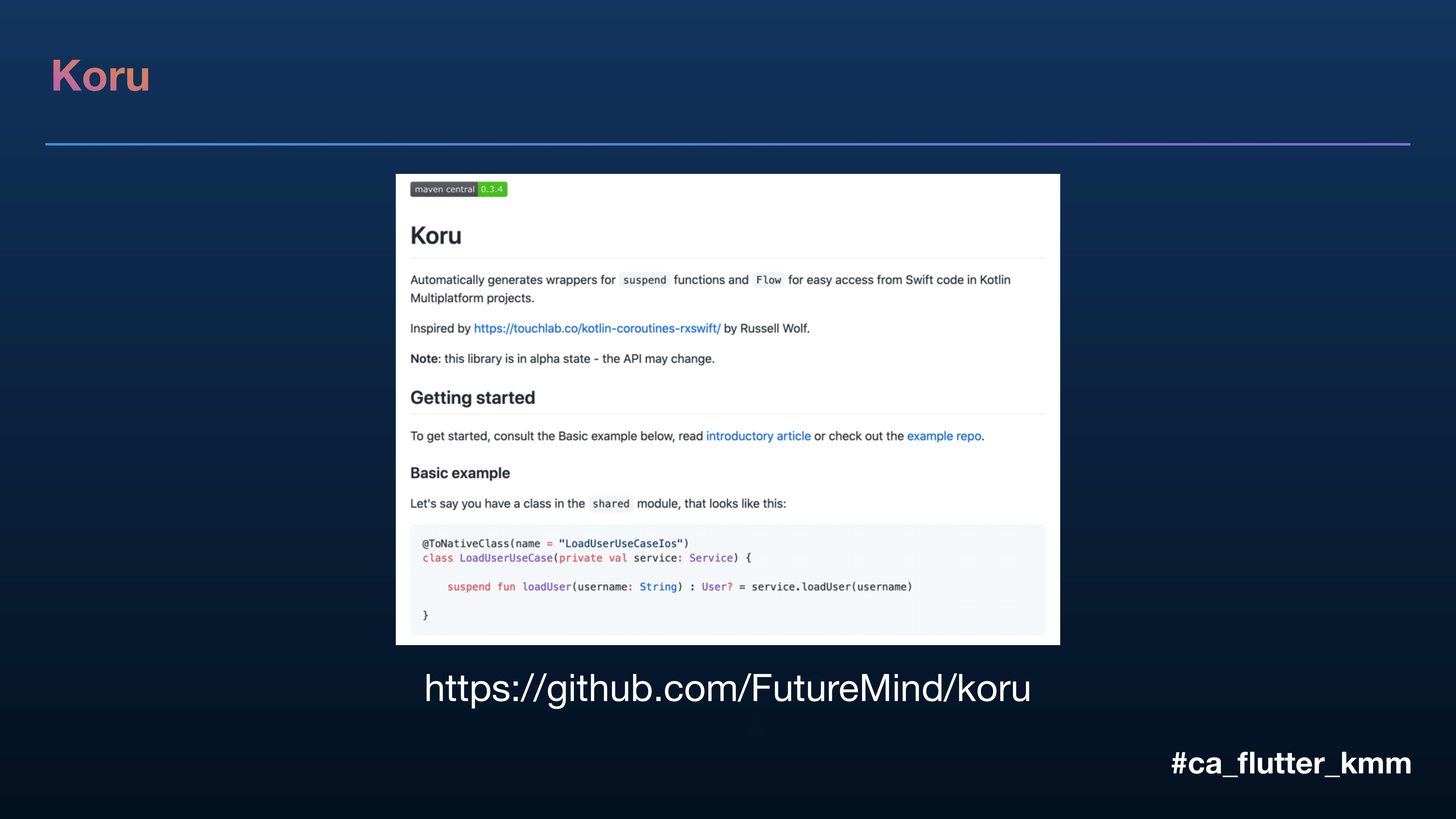

If you have a great idea but are on a tight budget, it’s more reasonable to build an MVP to see how your audience reacts to it, whether or not it’s what they want, and if it is an actually worthy business investment, and only then expand on it.įlutter is relatively affordable and requires a short development time - these two factors alone make it a perfect choice for MVP development. It should also be mentioned that Flutter is a great choice for building the MVP of your product. Otherwise, you can confidently choose Flutter and expect to get a beautiful, highly responsive application that meets the needs and demands of even the most scrupulous user. If this is not the case with you, it’s highly recommended to go with native technologies rather than Flutter. There is not an abundance of platform-specific UI requirements either.

Your project doesn’t have many complex hardware dependencies. However, to achieve the best results with Flutter, your project should be a perfect fit for this technology. Flutter’s underlying programming language is Dart which has also been developed by Google.įlutter with all its tools and functionalities can be used for the development of pretty much any project, from any industry. What is Flutter?įlutter is an open-source software development kit created by Google for simplifying the process of mobile app development without sacrificing quality. are going to weigh on the key differences of these two technologies based on their own experience.

Our two senior mobile development experts, Laura G. We have touched upon the topic of Flutter app development many times before but this time, other than defining its ins and outs once more, we are going to compare it to KMM - one of the up and coming mobile technologies that’s taking over the cross-platform world. The cross-platform technologies in question today are Flutter and Kotlin Multiplatform. At VOLO, we specialize in the two technologies from this list that, based on our empirical experience, we consider to be the best. There are multiple hybrid and cross-platform technologies to choose from, like React Native, Xamarin, Cordova, Flutter, and KMM. This is very simple.Cross-platform app development comes with incomparable flexibility for business owners and tech teams alike. Of course, in Swift you mostly want to convert it from/to Date, as you don’t want to write your code with Kotlinx_datetime*. Depend on your use case, this may not be a bad approach.Īnother solution is to use the Swift version Kotlinx_datetime* in your APIs. So what if you want to pass it from/to a KMM library?įirst solution is very straightforward: we only use kotlinx-datetime in KMM, and in APIs, we use timestamp instead. There is a component kotlinx-datetime that works for both platform in KMM, but it is an actual implementation, i.e.


 0 kommentar(er)
0 kommentar(er)
